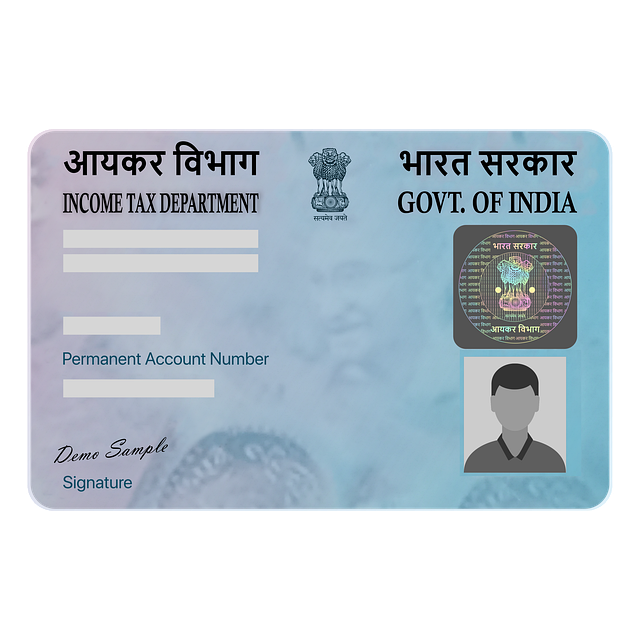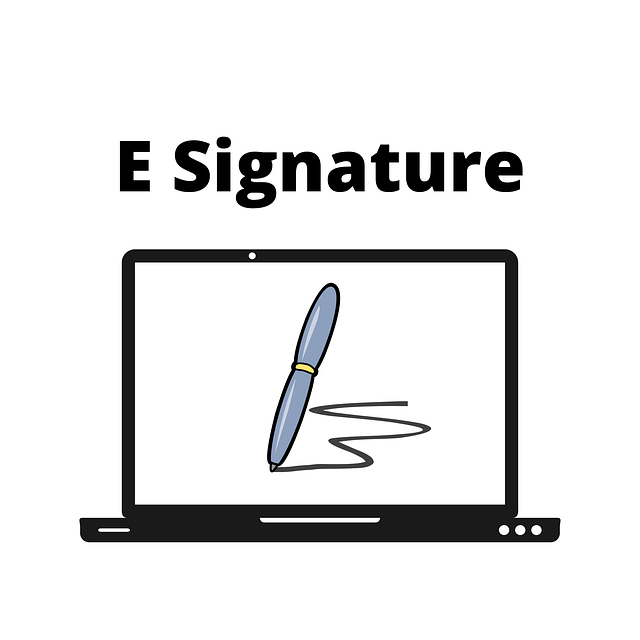IT background verification is a rigorous process that combines skill assessment and legal compliance to mitigate hiring risks in the digital realm, particularly within the tech industry. This involves scrutinizing employment history and disciplinary records while adhering to local laws and regulations. By cross-referencing data from multiple sources, employers can validate credentials, identify potential red flags like ethical violations or misconduct, and foster a safer work environment. Comprehensive screening for various disciplinary issues is crucial for responsible hiring, ensuring that companies don't overlook serious misconduct and maintain privacy during the process while adhering to best practices, automated systems, and transparent, responsible data handling procedures.
In the fast-paced tech industry, ensuring a safe and inclusive work environment is paramount. One critical aspect often overlooked is the screening of potential employees’ past disciplinary actions through comprehensive IT background verification. This process reveals more than just criminal records; it unearths historical performance issues, ethical violations, and other relevant behaviors. Understanding the legal implications and learning from past incidents can help employers make informed decisions while respecting employee privacy rights.
- Understanding IT Background Verification: A Legal Perspective
- The Impact of Disciplinary Actions on Tech Industry Employment
- Types of Disciplinary Issues to Screen For
- Implementing Effective Screening Processes and Due Diligence
- Balancing Privacy Concerns and Employer Rights
- Best Practices for Handling Disclosed Disciplinary Information
Understanding IT Background Verification: A Legal Perspective

In the realm of technology, IT background verification is a critical process that extends beyond mere skill assessment. From a legal standpoint, it involves a thorough scrutiny of an individual’s past, encompassing their employment history and disciplinary records. This practice has become increasingly essential as companies strive to mitigate risks associated with hiring. Every country has its own set of laws and regulations dictating how employers can conduct such verifications, ensuring privacy and preventing discrimination.
The process typically includes cross-referencing information from various sources, such as former employers, to validate the candidate’s credentials. It delves into disciplinary actions, including terminations, suspensions, or any legal issues that might impact their ability to perform in a sensitive role. This verification is not merely about catching discrepancies; it aims to foster ethical hiring practices and protect both employees and organizations from potential pitfalls arising from undisclosed past behaviors.
The Impact of Disciplinary Actions on Tech Industry Employment

In the tech industry, where innovation and talent are highly valued, hiring practices have evolved to include comprehensive background verificational processes. One significant aspect of this verification is screening for past disciplinary actions, which can have a profound impact on employment opportunities for individuals with an IT background. These actions, ranging from minor infractions to more severe cases, can influence a candidate’s ability to secure jobs in this competitive sector.
For tech workers, a clean record often translates to increased employability and access to better career prospects. Many companies in the industry use rigorous IT background verification processes to assess candidates’ integrity and suitability for sensitive roles that require handling of critical data and systems. Disciplinary actions, if not addressed transparently or if recurring, may raise red flags for employers, potentially leading to rejection during the hiring stage. Thus, understanding and managing one’s disciplinary history is crucial for individuals aiming to secure a position in this competitive job market.
Types of Disciplinary Issues to Screen For

When conducting background checks for tech workers, it’s crucial to screen for a range of disciplinary issues that could impact job performance and company culture. These include but are not limited to ethical violations, such as data theft or intellectual property misappropriation, which are particularly relevant in the digital realm. Additionally, screening for misconduct like insubordination, harassment, or discrimination is essential to ensure a safe and inclusive work environment.
IT background verification should encompass past instances of performance-related issues, such as repeated late arrivals or frequent unexcused absences, which can indicate a lack of responsibility or commitment. Verifying reports of disciplinary actions, including formal warnings, suspensions, or terminations, is also critical. This comprehensive approach helps identify potential red flags and ensures that candidates with a history of serious misconduct are not overlooked, ultimately contributing to a more responsible and productive tech team.
Implementing Effective Screening Processes and Due Diligence

Implementing effective screening processes is paramount when hiring tech workers, especially for those with an IT background. A comprehensive approach to due diligence involves verifying historical employment records and conducting thorough background checks. This includes scrutinizing disciplinary actions, such as warnings, suspensions, or terminations, to gauge potential risks associated with candidate past behaviors. By integrating these measures, organizations can mitigate legal exposure and ensure a safe work environment.
Tech companies should adopt best practices in IT background verification, leveraging specialized tools and services designed for this purpose. Automated systems streamline the process, allowing recruiters and HR professionals to efficiently review extensive datasets from various sources. This technology enables a deeper understanding of an applicant’s history, facilitating data-driven decisions that balance talent acquisition with organizational safety and compliance requirements.
Balancing Privacy Concerns and Employer Rights

In the realm of IT background verification, balancing privacy concerns and employer rights is a delicate act. Employees often worry about their personal information being exposed during screening processes, especially when it comes to past disciplinary actions. These worries are valid, as such data can reveal sensitive details about an individual’s history, including mistakes or legal issues they’ve faced. However, employers have legitimate interests in ensuring the integrity and suitability of their workforce, particularly when dealing with sensitive roles that require high security clearances.
The key to navigating this balance lies in transparency and fair practices. Employers should be open about what information is being sought and how it will be used. Additionally, they must adhere to data protection regulations, such as GDPR or industry-specific standards, which dictate the responsible handling of personal data during IT background verification processes. By implementing robust procedures and striking a careful balance, organizations can uphold their rights while respecting the privacy of prospective workers with an IT background.
Best Practices for Handling Disclosed Disciplinary Information

When handling disclosed disciplinary information during IT background verification, it’s crucial to maintain a fair and impartial approach. First, verify the authenticity of the records by cross-referencing with official sources. This includes checking with previous employers or relevant regulatory bodies for confirmation. Ensure confidentiality throughout the process, adhering to data protection regulations, as this sensitive information should only be accessed and used by authorized personnel.
Next, assess the relevance and severity of the disciplinary actions. Different misconducts carry varying weights; a single minor infraction may not disqualify a candidate, but multiple serious offenses could raise significant red flags. Consider the nature of the role in question; for positions requiring high-level security clearances or direct access to sensitive data, past disciplinary issues might warrant further scrutiny.






